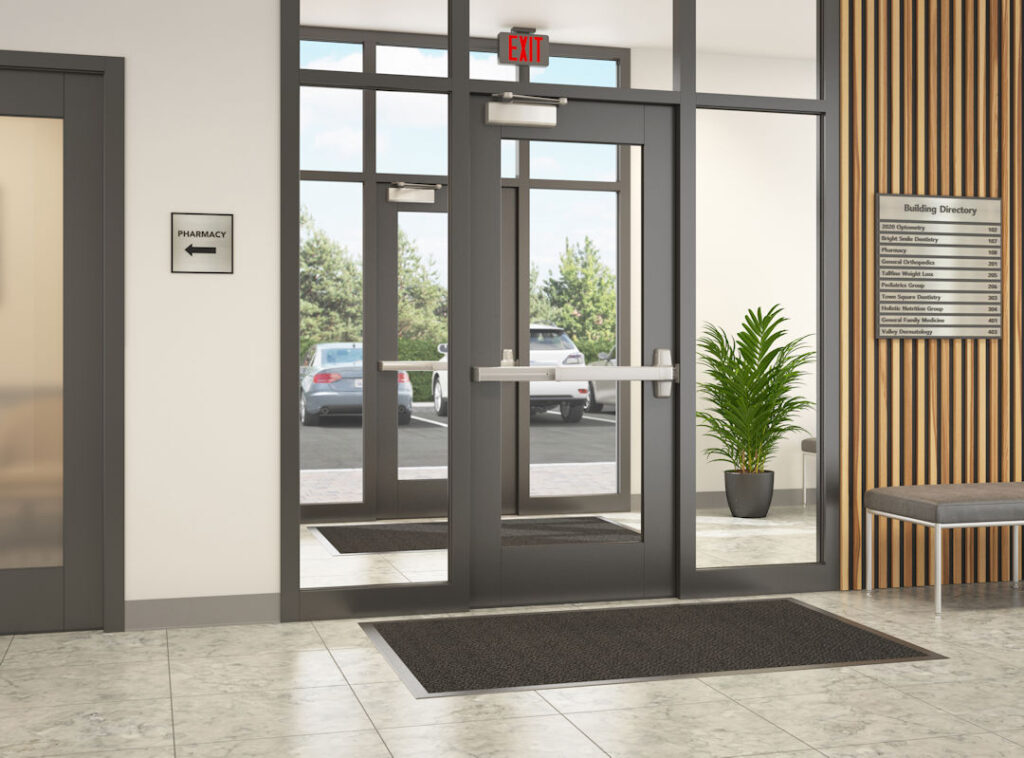 Yesterday I shared an updated Decoded article about fail safe and fail secure electrified hardware, and today’s Quick Question is one that comes up frequently with Authorities Having Jurisdiction (AHJs):
Yesterday I shared an updated Decoded article about fail safe and fail secure electrified hardware, and today’s Quick Question is one that comes up frequently with Authorities Having Jurisdiction (AHJs):
When fail secure electrified hardware is installed on an exit door, how is egress accomplished during a power failure?
Because of the complexities of electrified hardware, this is a very common question. Look at the photo on the right. How would you exit? Push the touchpad of the panic hardware, the latch retracts, open the door. Right?
How would you exit through this door if it was equipped with one of the following types of electrified hardware and a credential reader that controls access from the outside?
- Fail secure electric strike mounted in the frame to control the latchbolt of the panic hardware and allow or prevent access.
- Fail secure electrified lever trim on the pull side of the door which allows or prevents access by controlling whether or not the lever can be turned to retract the latch from the outside.
- Fail secure electric latch retraction feature in the panic hardware, which retracts the latch when the device is powered, and releases the latch to secure the door when power is cut.
With all of these types of hardware, the answer is the same – push the touchpad of the panic hardware, the latch retracts, open the door. The door will function this way whether the electrified hardware above is fail safe or fail secure. The electric strike, electrified lever trim, and electric latch retraction feature only control access and have no impact on egress. With these applications, the fail safe / fail secure function only affects the access side of the door, not the egress side.
There are some special locking arrangements that are specifically addressed in the model codes to ensure a balance of life safety and security. Examples would be delayed egress locks, controlled egress locks in health care facilities, elevator lobby egress door locks, stairwell reentry, and electromagnetic locks. Because these products may affect egress, the model codes require them to be fail safe. When power is removed, they will allow free and immediate egress.
Electrified hardware that allows free egress regardless of the status of the access control system is not considered a special locking arrangement – it could be called a “normal locking arrangement.” The hardware is operated for egress the same way mechanical hardware is operated, and the hardware on the access side of the door may be fail safe or fail secure without affecting egress.
Any questions?
You need to login or register to bookmark/favorite this content.

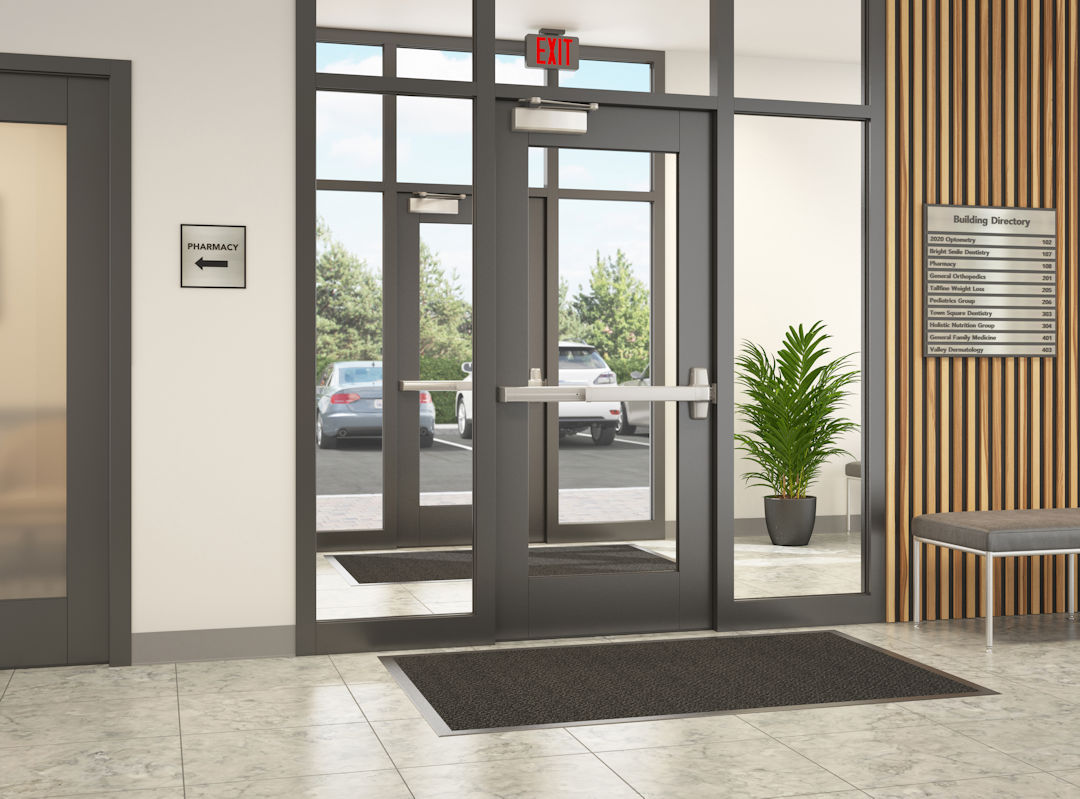
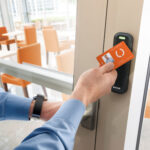

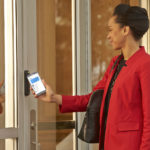
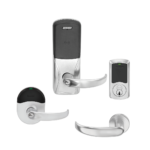



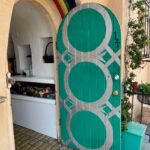
I am currently reviewing access control plans for a pharmaceutical warehouse. The door that separates the office area from the warehouse is equipped with a card reader on both sides and a blue pull station on each side that states “door release”. No fire alarm or fire sprinkler system. According to the vendor, the door does not release upon loss of power but can be programmed to do so. Delayed egress is not an option due to the door swinging into the warehouse.
My question is regarding the use of the blue pull station (door release) and whether it meets the intent of NFPA 101 Life Safety Code section 7.2.1.5.10.
In my opinion, the door release pull station does not meet the requirements of the model codes. If this door is required for egress, it would have to comply with one of the special locking arrangements sections. It is possible to use a delayed egress lock on an inswinging door, or the door could be equipped with an alarm.
– Lori